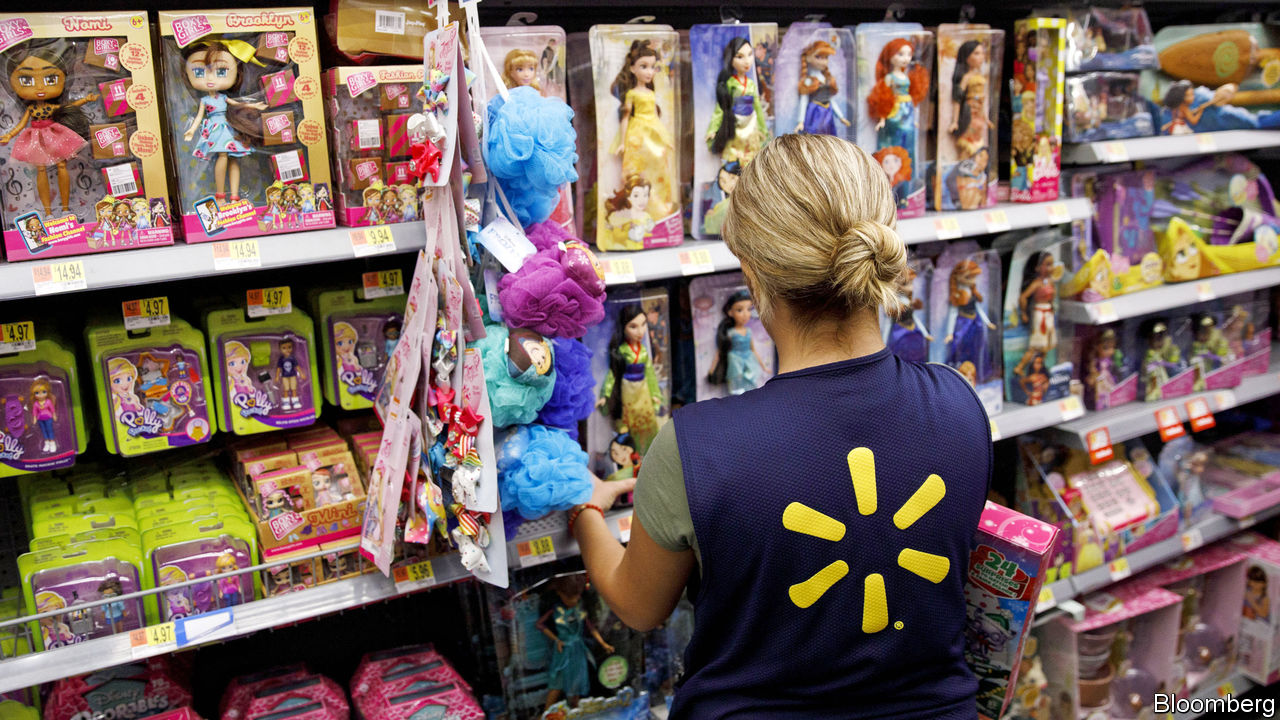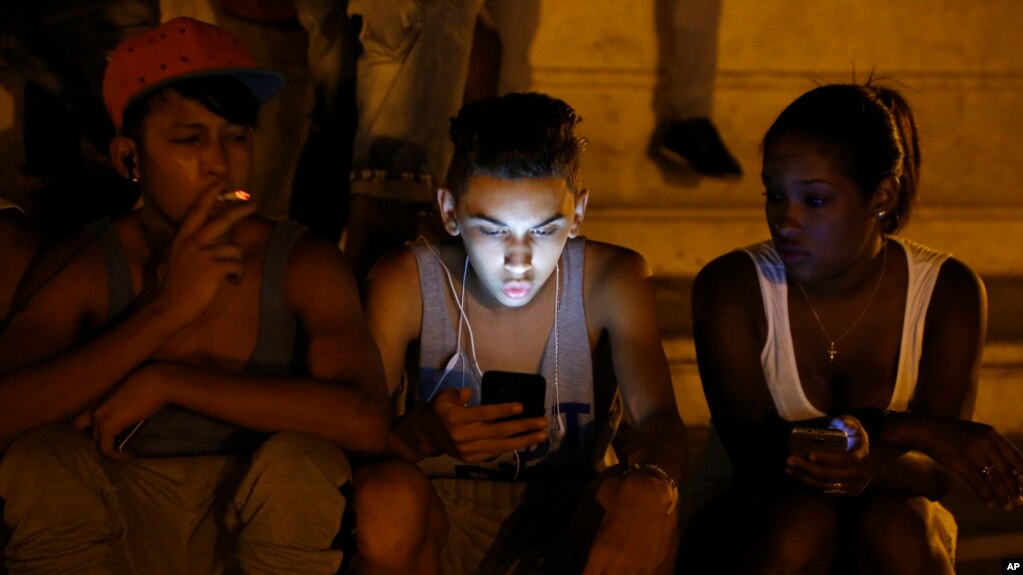Families – they bring out the best in us and the
worst in us. Which means gatherings for the holidays, anniversaries and other
big events can sometimes be the scene for major arguments, ranging from the
light (which is better: Game of Thrones or The
Sopranos?) to the loaded (the most recent election).
For many of us, these discussions are our cue to
excuse ourselves and see if help is needed in the kitchen. But we have much to
gain by staying put, according to Julia Dhar, a behavioral economist and
principal at the Boston Consulting Group. She strongly believes that we can improve both
our relationships and everyday discussions by bringing formal debate tactics,
or what she calls “productive disagreement”, to our own lives. “All
conversations are an opportunity to engage and persuade,” says Dhar.
Here are her strategies for turning arguments — no
matter the topic — into mutually enriching experiences.
1. Call out disagreements.
“People can be hesitant to name conflict for what it
is,” says Dhar, “and being the one willing to do that is really powerful.”
Heated discussions tend to be the result of strongly held beliefs, so by
acknowledging them, we are respecting the other person’s opinions and being
true to ourselves.
But it’s important to do this in a calm,
non-finger-pointing way. Dhar suggests saying clearly and directly, “I think
the thing you and I differ on is this,” rather than “I think the thing you need
to know or do is this.”
2. Establish a
common reality.
Truth check: What attitude do you usually have when
you’re heading into a disagreement? Says Dhar, “Speaking for myself, we go into
arguments hoping we’ll make the other person realize how wrong they’ve been,
and thank goodness, we’ve showed up to set them right.”
But after years as a debater and then as a debate coach,
she realized, “Proving someone wrong is not a strategy; that’s just you talking
at them.” Instead, she has learned the secret of “persuaders who are at the top
of their game”: They find common ground with their opponents.
As Dhar explains, “There’s very good evidence that
shows when you confront people with a ton of information or facts that
contradict their worldview, it actually causes them to hold their existing
beliefs more strongly.” Instead, she suggests you establish what she calls a
“shared reality” for you and the other person.
Asking questions is an effective way to establish that
reality. For example, if you and your sister disagree about public-school
funding, you could pose questions like, “Can we agree that all children deserve
a good education?” or “Is it fair to say that teachers should get the resources
they need to best help their students?” Keep asking questions and — this is
just as important — allow the person enough time to answer. Really listen to
what they say. Do this until you arrive at a belief or set of beliefs that both
of you mutually accept. This shared reality can then be the wedge that may open
up the other person to your ideas — or you to theirs.
3. Focus on the
issue, not the person.
Let’s be honest: We all draw conclusions about each
other based on our various identities, be they millennial or baby boomer,
working parent or stay-at-home parent, hybrid-car owner or SUV owner, and so
on. In heated arguments, it’s tempting to make sweeping personal
generalizations, which, as Dhar puts it, “is a recipe for a hot potato.”
Stay away from absolute statements like “Liberals only
care about X” or “People in the military just want X to happen,” says Dhar.
“This takes a little heat out of the conversation. Now it’s a contest of ideas,
not an attack on the other person’s identity.”
4. Accept the
possibility of being wrong.
You read that right. If you can go into a conflict
indicating you’re open to having your mind changed, you create the space for
the other person to do the same. This tactic makes you more objective, less
defensive and, ultimately, more persuasive. Dhar advises, “Get yourself into
the mindset of ‘This is a process of discovery to me as well.’”
Openness is a subtle trait to show, of course. But
Dhar says you can signal it in many ways — through your tone of voice and
emotional warmth and by asking questions respectfully and engaging with the
other person’s answers. What’s more, this process can also soften you up. “The
suspicions you hold about people who espouse beliefs you don’t have can start
to evaporate,” she adds, “because you can imagine yourself stepping into those
shoes.”
5. Use solid
facts – but only if you have them.
Objective truth is “one of the things that is missing
from so many of our conversations today,” says Dhar. She suggests, “Think to
yourself: ‘Can I take on the role of the person who injects high-quality,
objective facts into conversations that get really heated?’ This can feel
incredibly empowering.”
So if you know there are certain hot-button topics
that will most likely arise, you can do research beforehand (make sure your
sources are sound and nonpartisan). But remember: A little goes a long way, as
anyone who’s watched politicians reel off a mind-numbing litany of numbers at a
debate can tell you.
6. Know when to
exit.
Politely end your exchange as soon as you sense it’s
run its course. One sure sign it’s time to stop: when you or the other person
start repeating yourselves. Then, says Dhar, “Acknowledge, appreciate and
switch.”
As she explains, “Acknowledge the mutual goodwill and
emotional work it takes to have a conversation with people you disagree with,
and then give back to the other person what they’ve given to you.” You can do
this by saying things like, “I still believe X, but you’ve really helped me
understand your perspective” or “I still find it challenging to do or believe
what you’re advocating, but I appreciate what I’ve learned from you.”
Are you ready for Round 2? As Dhar puts it, “The magic
of debate as a contest of ideas is there’s always a new debate around the
corner.” So if you’re game, she suggests saying, “If you’re open to it, I’m
curious what you think about topic X.” Try to choose a less contentious subject
but one which you’re genuinely interested to hear another perspective. And if not, there’s
always the kitchen.
From Ideas.TED.com (edited)



































